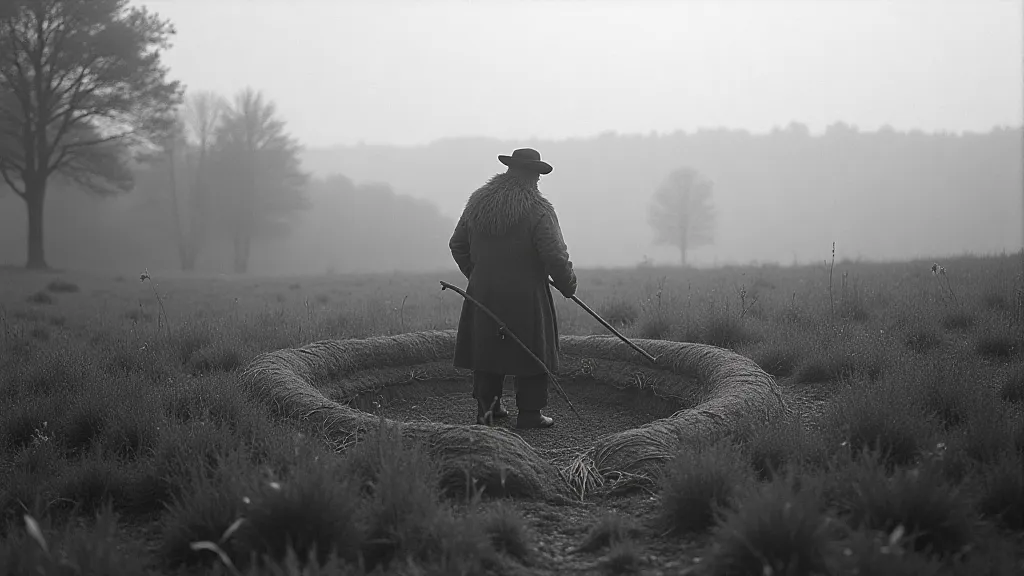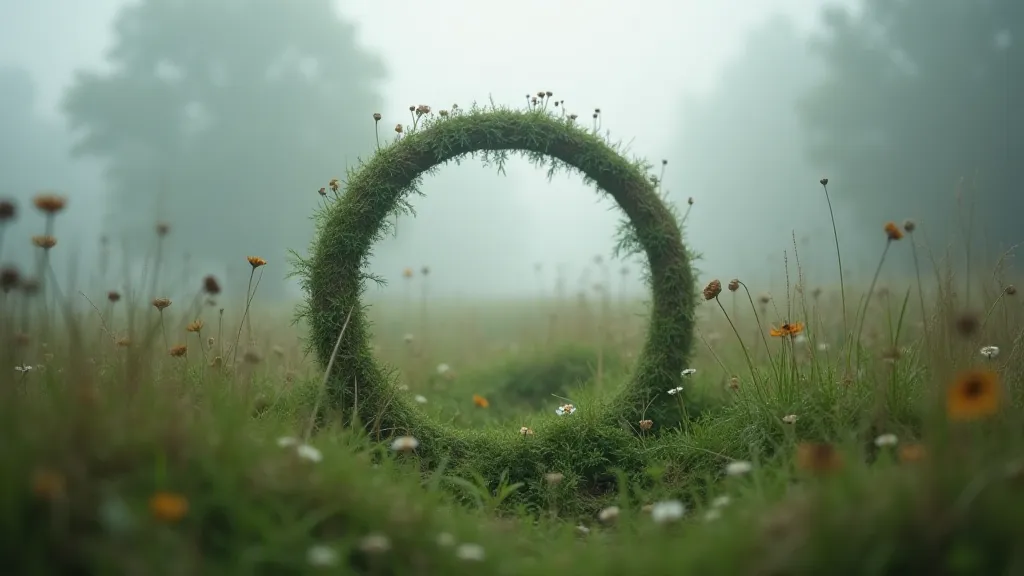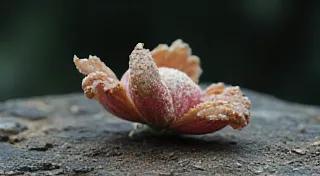The Shepherd’s Mark: Fairy Rings and Boundary Definitions
The scent of damp earth and decaying leaves, laced with the earthy fragrance of mushrooms, is a sensory signature unique to the presence of a fairy ring. As a child, I’d often wander the fields surrounding my grandmother's farm, drawn to these mysterious circles, feeling a primal sense of otherness. My grandmother, a woman steeped in local lore, would tell me stories—not scary tales, but quiet, contemplative narratives about spirits and boundaries, about the unseen forces that shaped the landscape.
The fairy ring, in its simplest definition, is a naturally occurring circular pattern of mushrooms. While scientifically explained by the outward growth of fungal mycelia, their folklore is far more compelling. Across cultures and centuries, these rings have been perceived as portals, gathering places for the Sidhe (the Irish term for fairies), and, importantly for the focus of this article, as markers—delicate, ephemeral boundary stones.

Ancient Beliefs: Lines in the Land
The notion of fairy rings as boundaries isn’t a modern invention; it’s woven deep into the fabric of historical accounts. Think of the rural landscape of medieval Europe – a patchwork of fields, farms, and forests, where the demarcation of land was a matter of both practicality and spiritual significance. Fields weren’t simply parcels of land; they were territories governed by ancient rights and often, by the watchful eyes of the Daoine Sidhe, the People of the Fairies. These beings, powerful and capricious, were believed to exert considerable influence over the natural world, and their presence was often signaled by unusual or unexplained phenomena – a sudden chill, the sound of music carried on the wind, and, of course, fairy rings.
Many folk tales recount how shepherds and farmers would avoid crossing fairy rings, not out of fear, but out of respect, or perhaps, a deep-seated awareness of the spiritual barrier they represented. These weren't just pretty circles of mushrooms; they were lines etched into the land, defining the edges of fields, pastures, and even, some believed, the realms of the living and the dead. Crossing a fairy ring might mean stepping into a place governed by different laws, a place where time flowed differently, or where one might inadvertently offend the Sidhe.
Consider, for instance, the numerous accounts from Cornwall, England, a region rich in Celtic folklore. Here, fairy rings were often associated with ancient barrows – burial mounds – suggesting a connection between the living and the dead. It was believed that these rings marked the boundaries of the otherworld, a place where the veil between realities was thin.
Regional Variations: From Scotland to Slovenia
While the core belief in fairy rings as boundaries remains consistent across many cultures, regional variations add layers of complexity and nuance. In Scotland, for example, fairy rings were sometimes referred to as "witch’s rings," reflecting a historical association between fairies and witchcraft. These rings were believed to be places where witches gathered to perform rituals, further reinforcing their status as liminal spaces – places situated on the threshold between worlds.
Moving eastward, in parts of Slavic countries, particularly Slovenia, fairy rings are sometimes linked to the legends of “mlinovi zmajev” - dragon’s mills. These legends speak of dragons who use the rings as magical mills, grinding up precious gems and treasures. This adds a layer of economic significance to the boundary aspect – the fairy ring becomes not just a separation, but a marker of something valuable lying beyond.

This blending of themes—boundary marking, spirits, and hidden wealth—is characteristic of how folklore adapts and integrates local beliefs and anxieties. The landscape itself, with its hills, valleys, and forests, shapes the narratives that emerge.
The Accordion's Echo: Craftsmanship and Preservation
The intricate craftsmanship of a traditional accordion offers a compelling parallel to the natural artistry of a fairy ring. Both represent a dedication to form and function, to the creation of something both beautiful and enduring. Just as the mycelia of a fungus grow in a seemingly random yet perfectly defined circle, the bellows and keys of an accordion are assembled with precision and care, requiring a deep understanding of both mechanics and aesthetics.
The restoration of antique accordions, like the preservation of local folklore, demands a respectful approach. Stripping away the patina of age, erasing the marks of time, can be as damaging as disregarding the cautionary tales surrounding a fairy ring. Each scratch, each faded key, tells a story – a fragment of the instrument’s history, a whisper of the hands that played it. The same applies to collecting – understanding the regional variations in construction, the materials used, and the distinctive sounds produced by different models offers a deeper appreciation for the instrument’s cultural significance. A Pennsylvania Dutch accordion, for example, will hold different stories than one crafted in Vienna.
The Lingering Resonance
The belief in fairy rings as boundary markers may seem quaint to modern sensibilities, but it speaks to a profound human need to understand the world around us – to define the edges of our existence, to delineate the spaces between the known and the unknown. These circles of mushrooms, more than just biological phenomena, serve as potent symbols of the enduring power of folklore and the persistent resonance of ancient beliefs. They remind us that the landscape holds secrets, that the unseen world is closer than we think, and that the echoes of the past continue to shape our present. Even without actively searching for them, the spirit of those old tales clings to the damp, earthy scent of a fairy ring, and the echoes of stories linger, a gentle reminder that some boundaries are better left respected.






